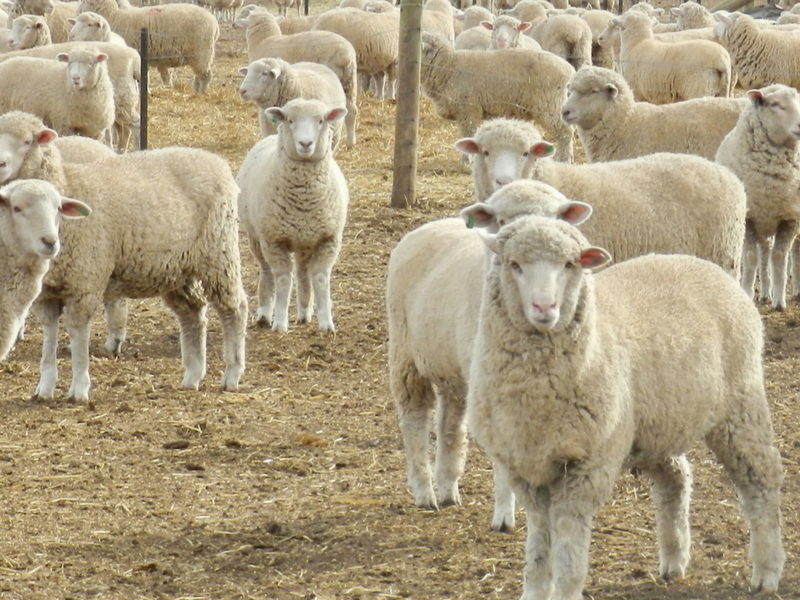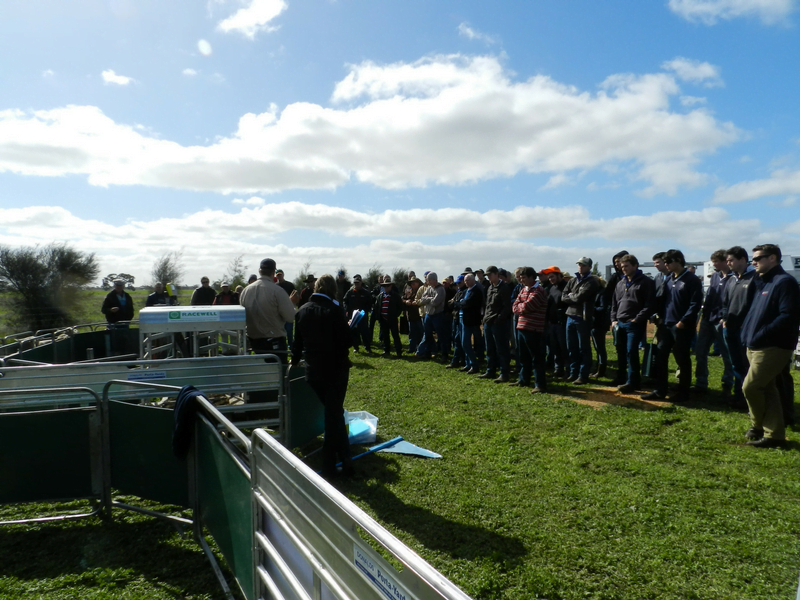The results of the April MLA and AWI Wool and Sheepmeat survey – Sheepmeat have been released with some valuable insight into the current state of the industry.
With sustained, favourable lamb prices it is understandable that 34% of respondents said they were intending to increase their ewe flock numbers over the next 12 months. 59% of respondents indicated that they would be looking to maintain current levels, and only 6% intend to decrease flock size.
To achieve ewe flock increases, 35% indicated they would purchase more additional ewes than normal, 46% they would retain more older ewes than normal, and 54% will retain more replacement ewes than normal.
High sheep prices means purchasing more ewes will come at a considerable cost, compared with keeping older ewes. With older ewes though, you will carry the risk that their health and production may deteriorate, and will need replacement soon after. This comes with a decrease in return on investment.
Increasing lamb marking rate (lamb survival) and having more lambs for ewe lamb selection and sale, gives more ability to retain replacement ewes, and is likely to be the most cost-effective way of increasing ewe numbers. It’s often believed that increasing the conception rate would have the greatest impact on farm profit, but in fact lamb survival, especially of twins, is the most efficient and effective way of increasing farm profit (Figure 1).

Figure 1. Farm profit ($) increase with lamb marking percentage increase. Source: Lifetime Ewe Management
Data released in 2010 as part of the Victorian sentinel flock perinatal necropsy investigation, highlighted the importance of preventing starvation and mismothering of lambs, the biggest cause of lamb deaths (Figure 2).

Figure 2. Victorian sentinel flock perinatal necropsy results, 2010 lambing.
With lambing upon us, producers are encouraged to keep in mind the below factors to improve lamb survival:
- Lambing paddocks should be of a reasonable size, have adequate shelter and a good supply of quality pasture.
- The ewe needs to stay at the birth site to give the lamb the best opportunity to bond and receive colostrum during the first six hours of life. A hungry or thirsty ewe is not ideal, for every 5m a ewe moves away there is a reduction in survival chance by 5%.
- Mobs that are too large can create issues with ewes wanting to adopt other lambs, or pirating other lambs before their own lambing.
- Shearing during cold weather can increase nutritional requirements by 25-30%. Heavily pregnant ewes should not be subjected to the handling and time off feed that shearing involves. Crutching three to four weeks before lambing and avoid shearing six to eight weeks before lambing.
- Planning shearing time appropriately can also assist in increasing lamb marking numbers, as ewes who are unable to access food and the cold weather can be very detrimental in late pregnancy.
- North and east facing paddocks with good morning sunlight and good drainage can assist in reducing the incidence of hypothermia in cold, wet and windy conditions.
- Lambs in close proximity to mothers that have been given the best start in life, will be stronger and less likely to be taken by predators.









